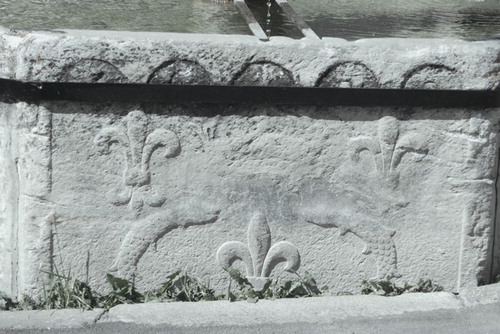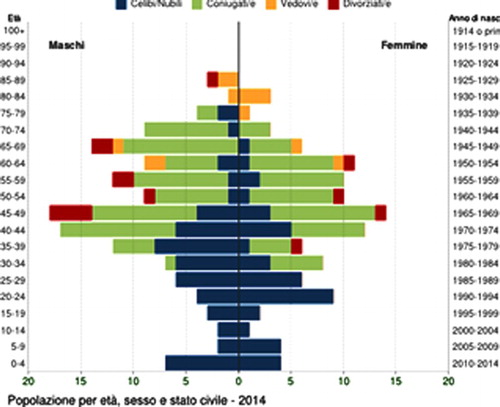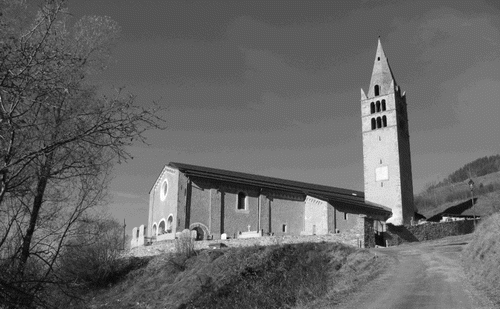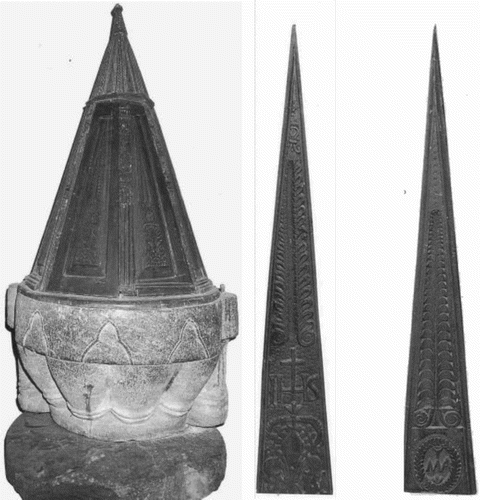Figures & data
Figure 1. Historical demographic trend based on censuses of the population of Sauze di Cesana, Province of Turin, Italy, from 1861 to 2011. Percentage variations of the population, graphs and statistics based on data from ISTAT (Italian National Statistics Institute). There have been territorial variations in the municipal area over time: the historical data have been processed to make them uniform and comparable with the population resident within today's boundaries.
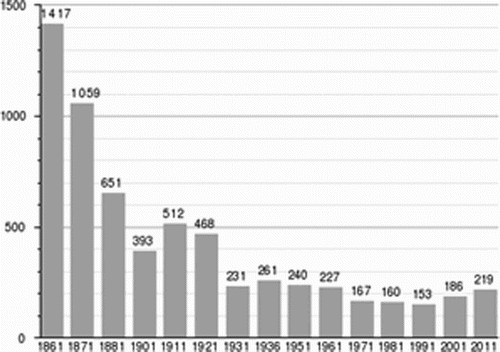
Figure 2. Resident population at censuses, Sauze di Cesana municipal area, Province of Turin, Italy. Data processing: TUTTITALIA.IT.

Figure 3. Sauze di Cesana municipal area, Province of Turin, Italy. Data: ISTAT, at 31 December of each year. Data processing: TUTTITALIA.IT post-census.
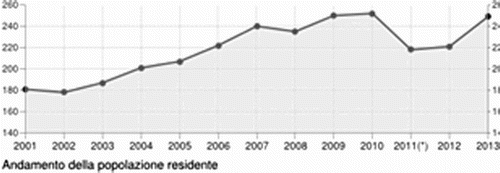
Figure 5. Sauze di Cesana fountain, seventeenth century. Symbols of the Dauphiné and the fleur-de-lis.
